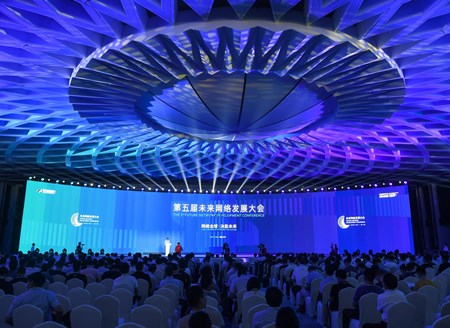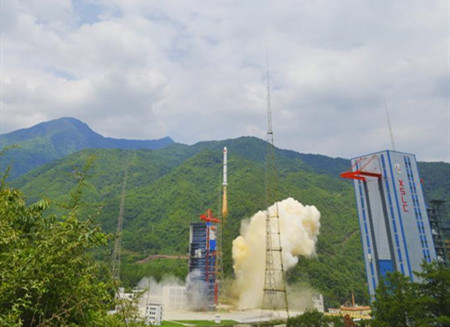China's industrial output and investment growth picked up in October, while retail sales weakened, the National Bureau of Statistics said on Wednesday.
Industrial output grew by 5.9 percent year-on-year, 0.1 percentage point higher than in September.
Fixed-asset investment growth was 5.7 percent in the first 10 months, rising by 0.3 percentage point compared with the first nine months. Private investment growth was 8.8 percent, 0.1 percentage point higher than the January-September period.
Retail sales growth weakened to 8.6 percent year-on-year in October, down from 9.2 percent in September, due to postponed purchases by shoppers waiting for steep discounts on November 11, the annual online shopping festival.
In October, the national service industry production index increased by 7.2% year-on-year, and the growth rate dropped by 0.1 percentage points from the previous month. From January to October, the national service industry production index increased by 7.8% year-on-year, and the growth rate was the same as that in January-September.
From January to October, the national fixed assets investment was 547.67 billion yuan, a year-on-year increase of 5.7%. From January to October, the national real estate development investment was 993.5 billion yuan, a year-on-year increase of 9.7%. The sales area of commercial housing in the country was 133.17 million square meters, an increase of 2.2%. The sales of commercial housing in the country reached 115.914 billion yuan, an increase of 12.5%.
In October, the urban unemployment rate stood at 4.9%, which was the same as last month and the same month of the previous year. The urban unemployment rate in 31 major cities was 4.7%, which was the same as last month and down 0.1 percentage points from a year ago. From January to October, 12 million new jobs were created in cities and towns nationwide, an increase of 90,000 from a year ago, fulfilling the annual goals by 109%.
In October, the national consumer price rose by 2.5% year-on-year, up 0.2% from the previous month. In October, the total volume of imports and exports was 2.7478 trillion yuan, a year-on-year increase of 22.9%, and the growth rate was 5.7 percentage points higher than that of the previous month. The import and export offset, the trade surplus was 233.6 billion yuan, which was 5.0% narrower than the same month of the previous year.
An overall softening of financing in October mirrored a weaker-than-expected investment sentiment in China, with calls for stronger incentives to offset the cautious economic outlook, analysts said.
The growth rate of the broad money supply, or M2, declined to 8 percent last month, the lowest level on record. Meanwhile, new renminbi lending stood at 697 billion yuan, the lowest level since December 2017, the People's Bank of China said on Tuesday.
The total social financing, a broader measure of the country's financing activities, expanded by 728.8 billion yuan in October, the smallest amount in 28 months.
That included special-purpose local government bond financing since September.
The recent slower money supply growth could set a reference level for next year, analysts said, as financing gauges should correspond with real economic growth and avoid overly aggressive monetary easing. Policymakers will discuss crucial economic development plans and set policy tones at an annual economic work conference, usually held in early December.
China's economy grew at 6.5 per cent in the third quarter, posting slowest growth in nine years, amid intensifying trade war with the US and the mounting local government debt which rose to $ 2.58 trillion.
The GDP expanded by 6.5 per cent in the July-to-September period year-on-year, according to official GDP figures released by the National Bureau of Statistics last month.
It's down from 6.8 per cent and 6.7 per cent in the first and second quarters, respectively.
The world's second-largest economy's third quarter growth was the weakest year-on-year expansion since 2009 global financial crisis.
The latest figures came as China faced rising economic challenges including high debt levels and an intensifying tariff battle with Washington.
(Source:ourjiangsu.com)






